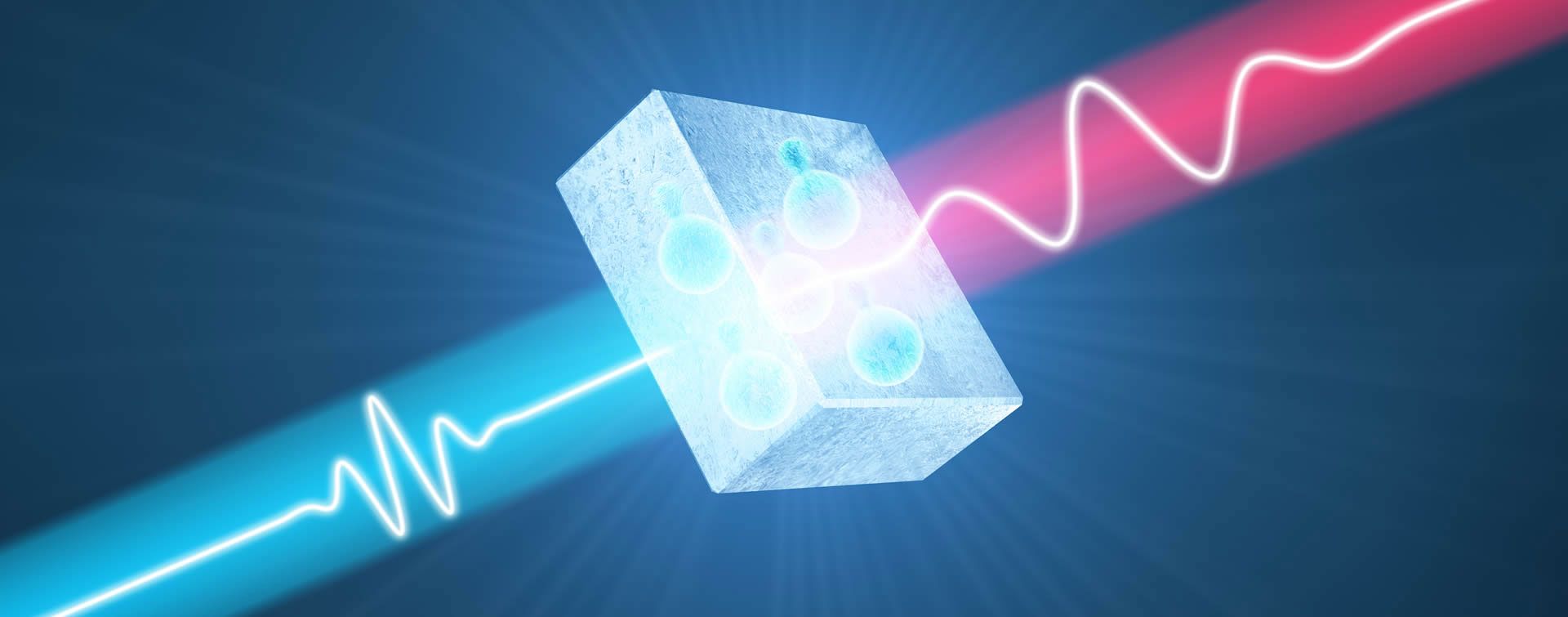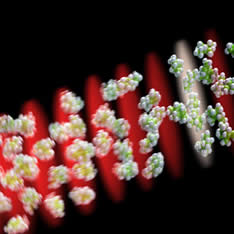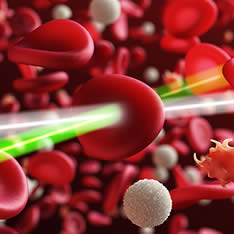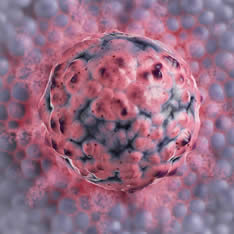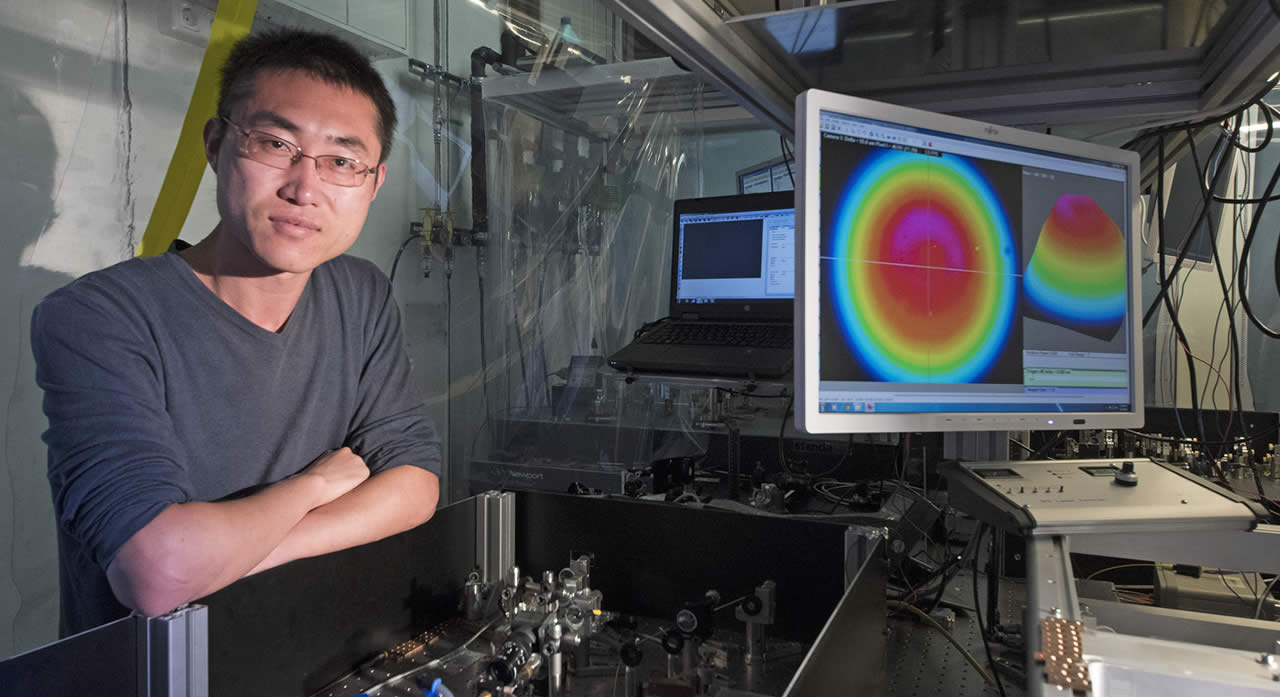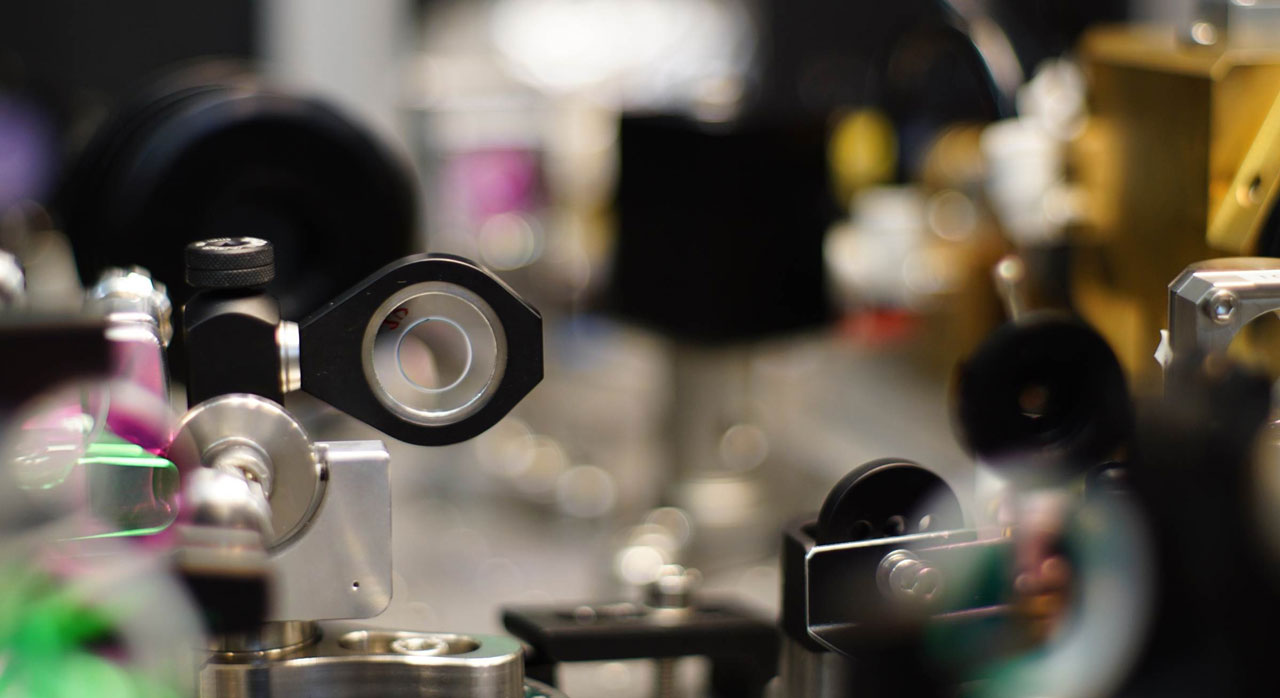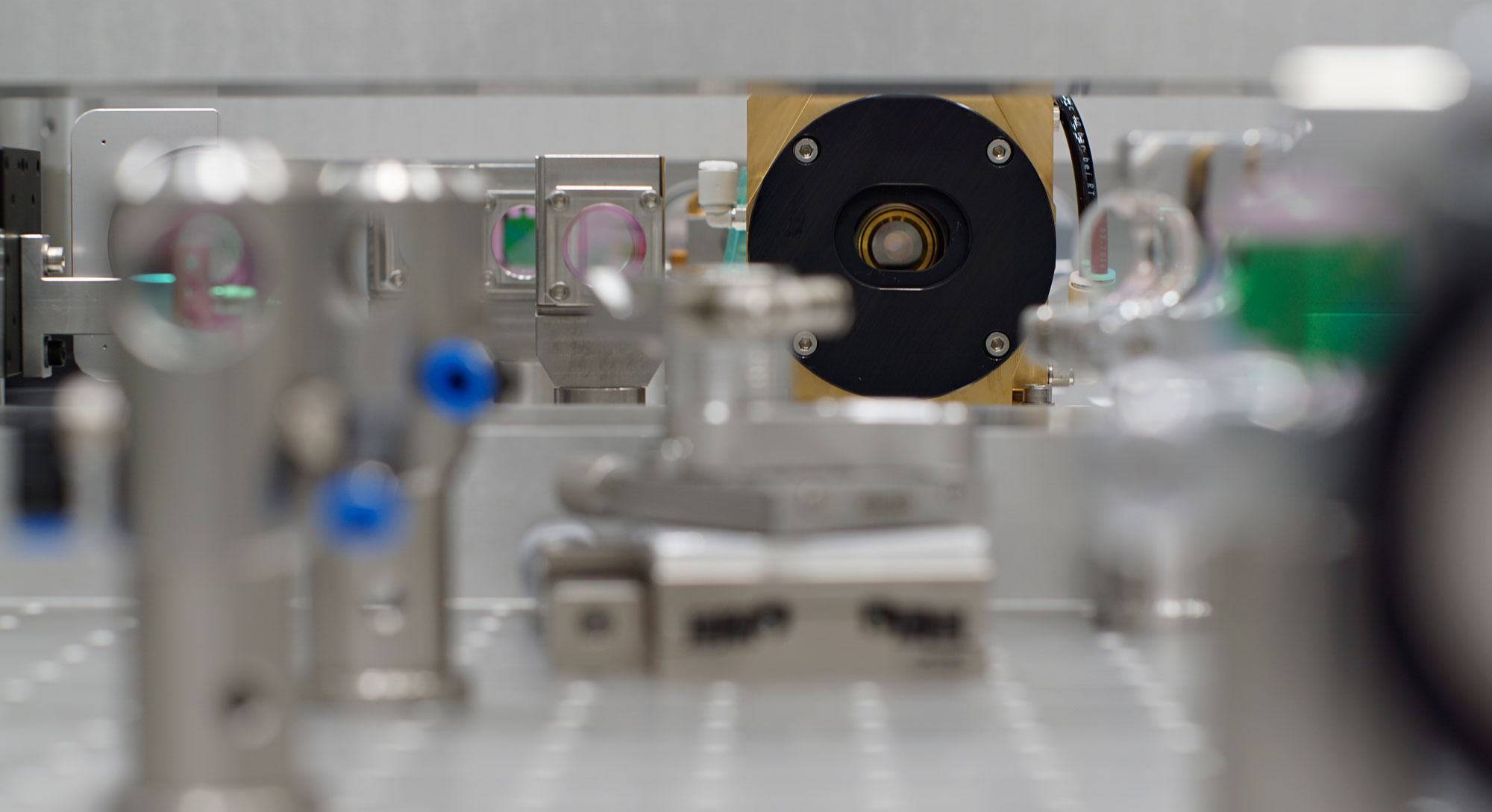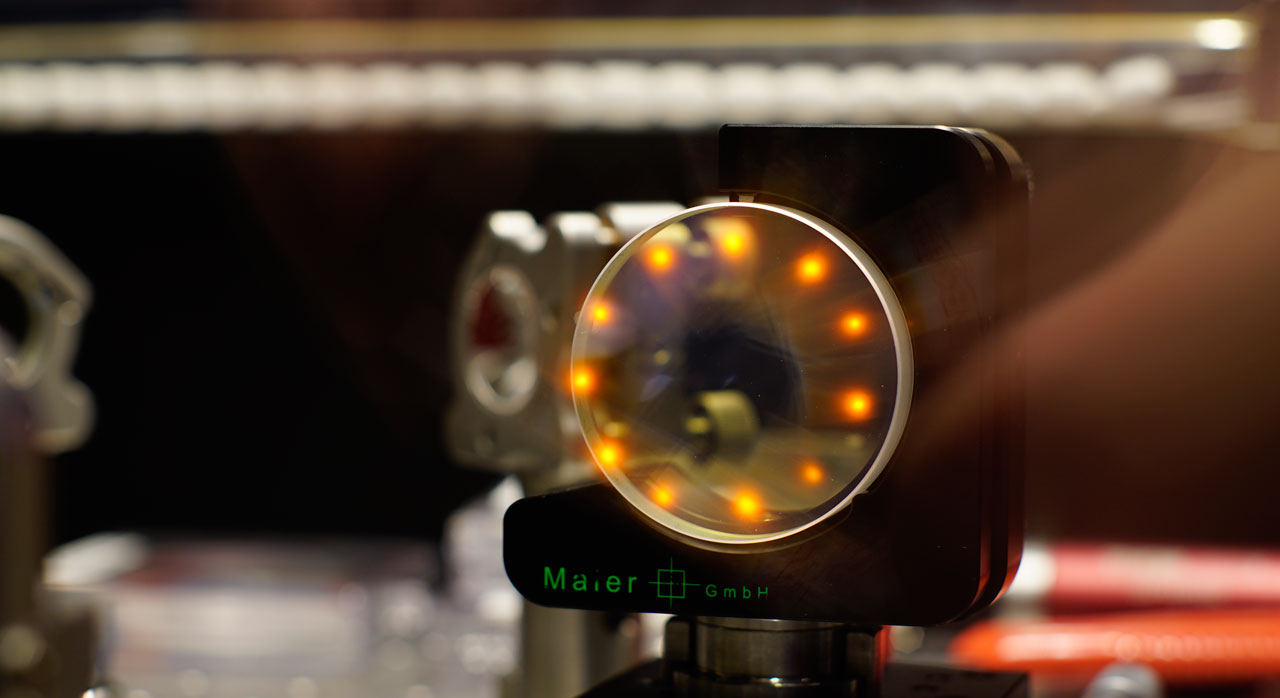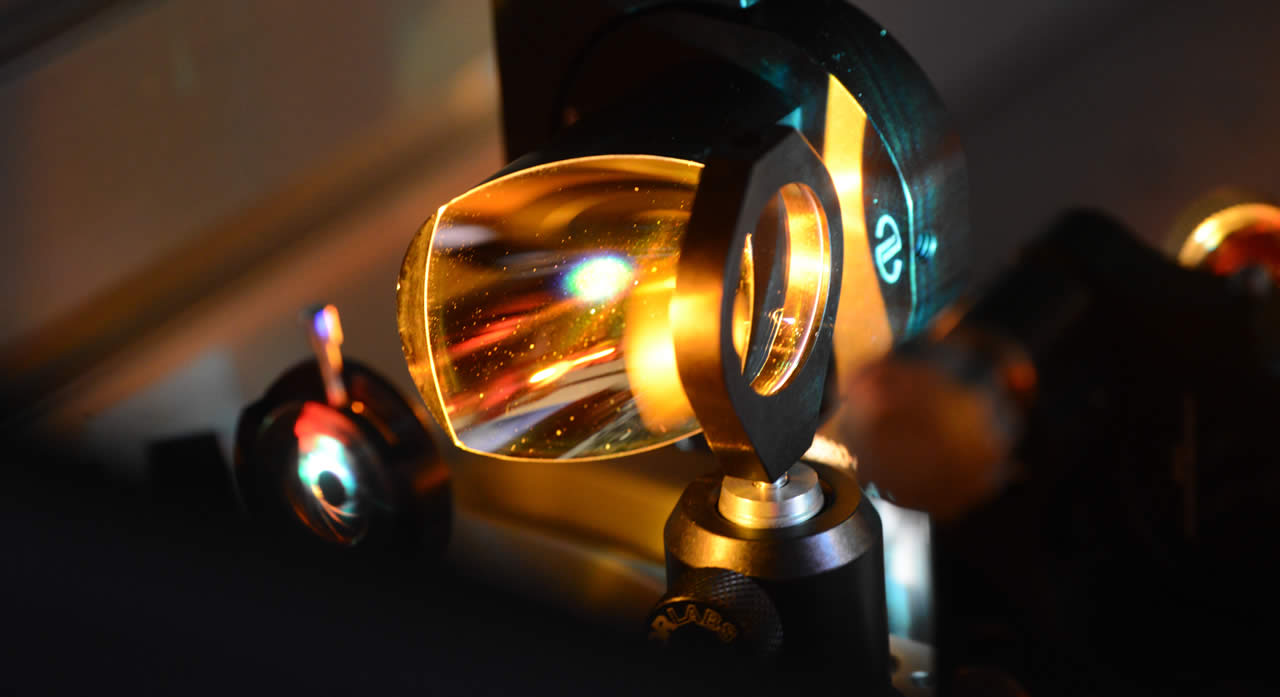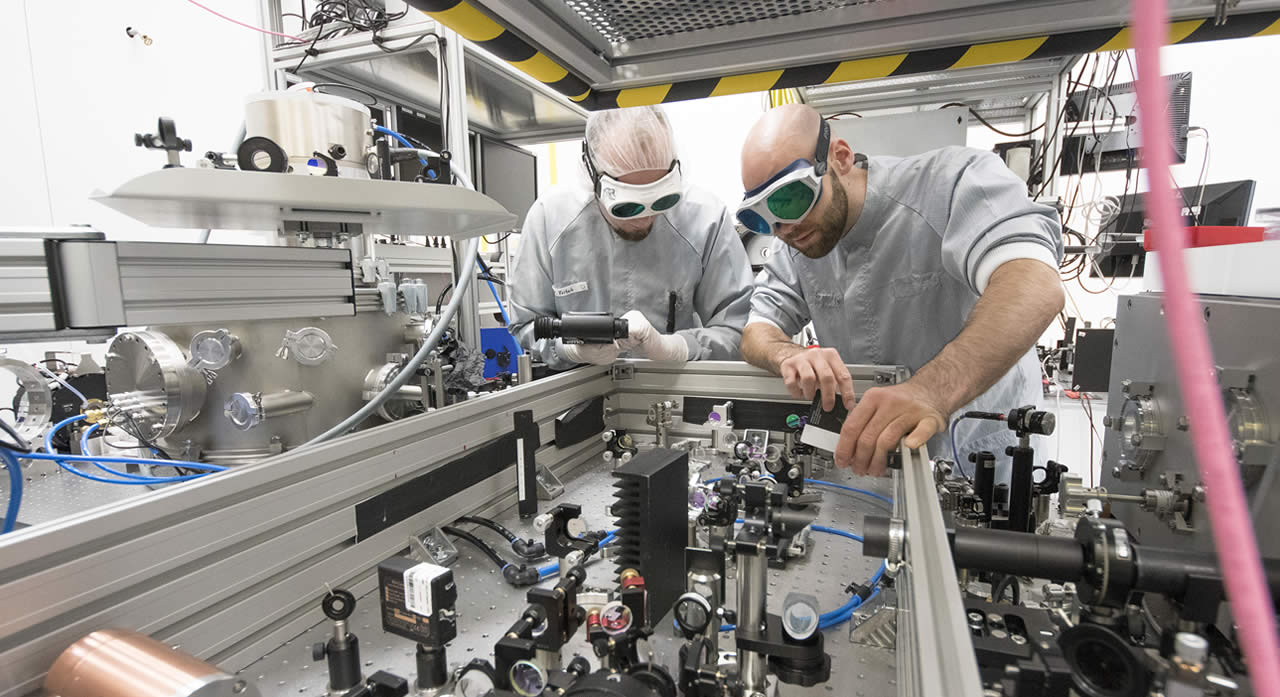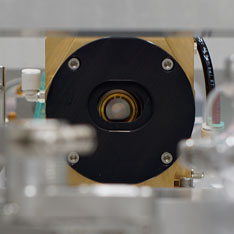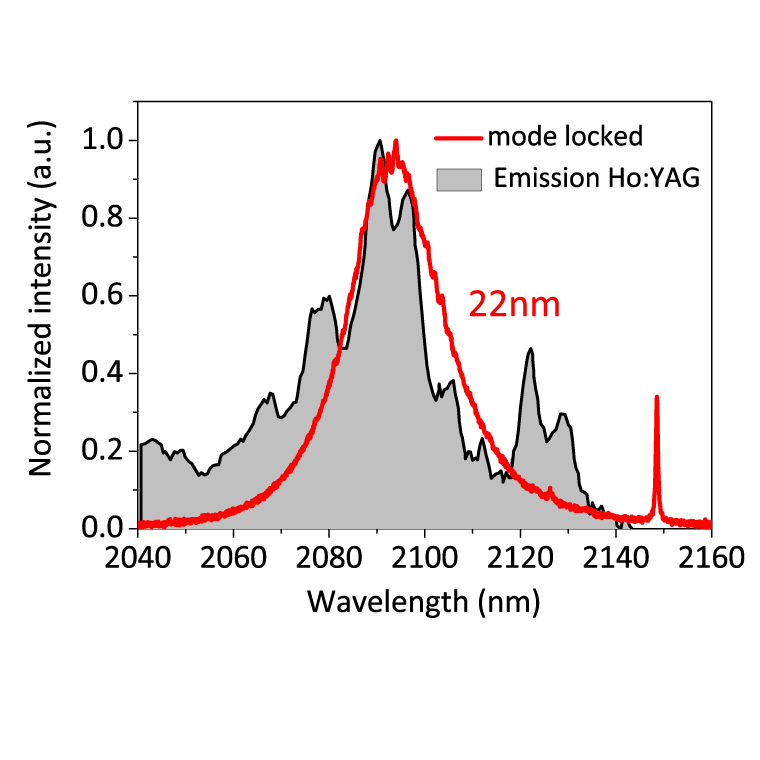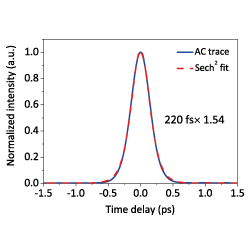research activities on high-repetition-rate femtosecond sources
— Oleg Pronin —
Novel high-power femtosecond oscillators for mid-infrared radiation generation
Next-generation oscillator technology relies on Yb doped thin-disk technology as one of its main building blocks. A unique combination of high average power, high repetition rate and high peak power is now possible, thanks to this technology.
In contrast to laser amplifiers, we explore the power limitations of oscillators which generate femtosecond pulses directly and thus represent the simplest laser systems from this point of view.
Oscillators providing over 200 W average power in combination with 10–30 fs pulse duration are highly attractive as driving sources for the generation of the deep ultraviolet (VUV/XUV) and middle infrared (MIR) parts of the optical spectrum.
With the aim of generating ever shorter pulses directly from the oscillator, a new mode-locking concept that relies on distributed (cascaded) Kerr lenses (DKLM) has been developed.
For the first time, this concept allows the emission bandwidth limit of the gain medium to be overcome by a significant margin, yielding a spectrum that is four times broader (at FWHM) than the fluorescence spectrum of the gain medium.
This concept is applicable to any type of gain medium and is expected to open up a new direction in femtosecond oscillator development and be extremely useful for 2 µm laser gain crystals such as Ho: YAG.
Our ultra-broadband, high-power oscillators are uniquely suited for high-sensitivity stimulated Raman scattering and can serve as a primary source for field-resolved spectroscopy.
Our close collaboration with several research groups (H. Fattahi, I. Pupeza, M. Zigman) facilitates the immediate application of our techniques and yields very useful user feedback. Finally, our 2 µm based sources will enable efficient generation of much more powerful MIR radiation, making applications such as high-throughput MIR imaging feasible.
Graphical Abstract
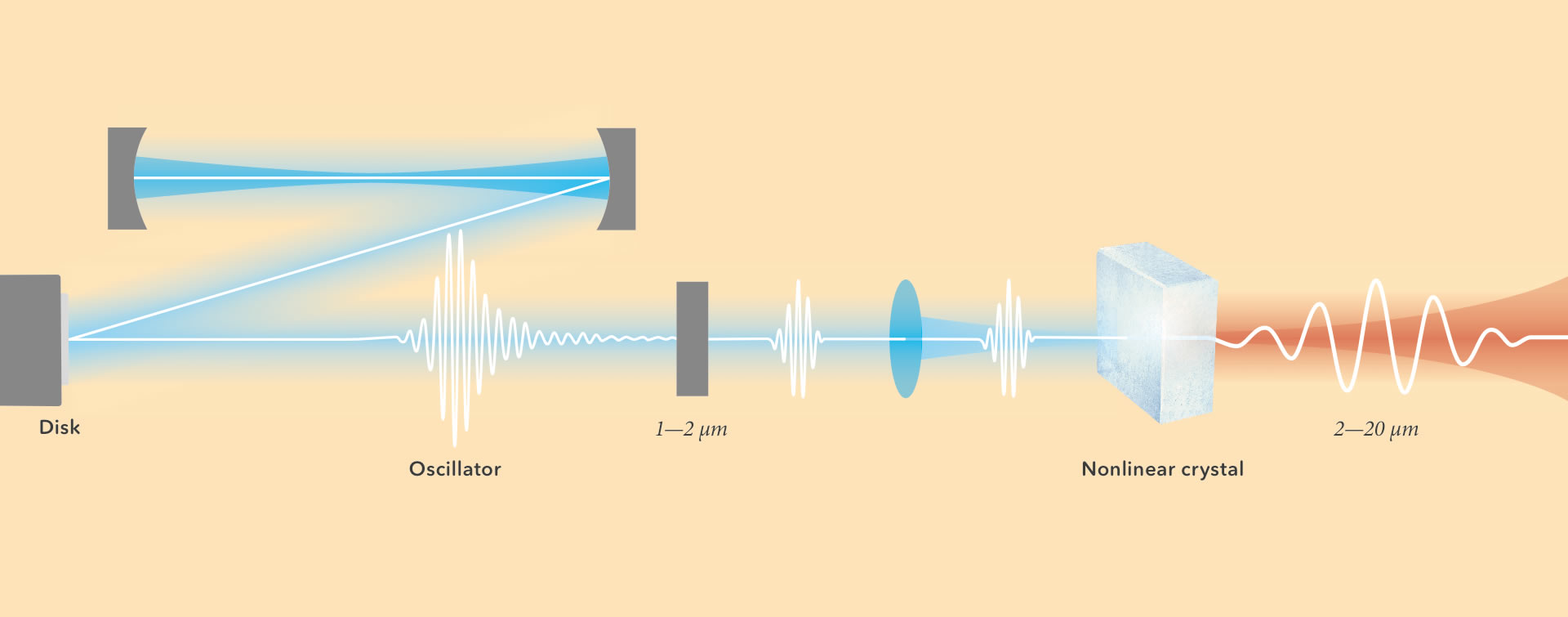
learn more about high-repetition-rate femtosecond sources
— Oleg Pronin —
Tools, Techniques & Labs
1) High-power femtosecond Yb:YAG thin-disk oscillators and spectral broadening
Motivation: Applications in MIR and XUV generation for the groups of Ioachim Pupeza, Mihaela Zigman and Hanieh Fattahi.
Novelty: Next-generation sources based on three unique technologies: Kerr-lens mode-locking, dispersion control with mirrors (V. Pervak), thin-disk technology (Trumpf Laser GmbH)
First-generation devices: Yb: YAG thin-disk oscillators in the peak power range <5 MW and average power range <100 W.
Second-generation oscillators: Yb: YAG thin-disk oscillators in the peak power range 10—60 MW and average power range 100—270 W. All-solid-state fiber-free spectral broadening down to 10 fs Fourier limit.
2) Novel mode-locking techniques
Motivation: Generation of broadband spectrum that significantly exceeds the emission bandwidth limit of the gain medium
Novelty: First demonstration of an oscillator that generates a spectrum extending beyond the emission bandwidth limit.
3) High power broadband mid-infrared sources pumped by 1µm oscillator
Motivation: increase available output power of MIR broadband sources by 10-100 times.
4) Ho: YAG femtosecond thin-disk oscillator
Motivation: driver for efficient MIR generation
Novelty, approach, hardware: first mode-locked thin-disk oscillator in 2 µm spectral range. First Kerr-lens mode-locking of Ho: YAG oscillator. Highest energy, average and peak powers generated in 2 µm range directly from oscillator.
Describe status: first mode-locking and power scaling experiments were realized. The output power of 20 W and pulse duration of 220 fs were achieved at the central wavelength of 2 µm directly from the oscillator.
